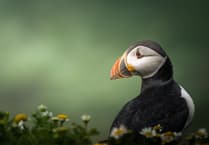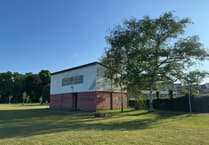SWATHES of heathland such as Chobham, Horsell and Whitmoor commons have helped many survive a difficult year, providing open spaces for fresh air and exercise during the lockdowns.
The numbers of people strolling and cycling across these ancient landscapes has increased significantly, as people escape from their homes for the time permitted under coronavirus rules.
Our heaths are treasured as countryside and wildlife havens. Threats to enclose or develop them prompt outrage, but many might not know that they have a huge amount of legal protection.

Many of the commons across Surrey, Hampshire and Berkshire have SSSI – Site of Special Scientific Interest – status which guards against damage by mankind, but the most-important sites are also part of the Thames Basin Heaths Special Protection Area (SPA).
Totalling 8,200 hectares, more than 20,000 acres, the SPA was designated by the European Union in 2005 and forms a network of sites across Europe which are internationally important for nature conservation.
The Thames Basin Heaths Partnership, a collaboration of local councils, land managers and nature conservation bodies is responsible for spreading the word about how special the land is.
“The SPA helps protect the wildlife and guards against development of the heaths,” said Sarah Bunce, the partnership’s communications officer.
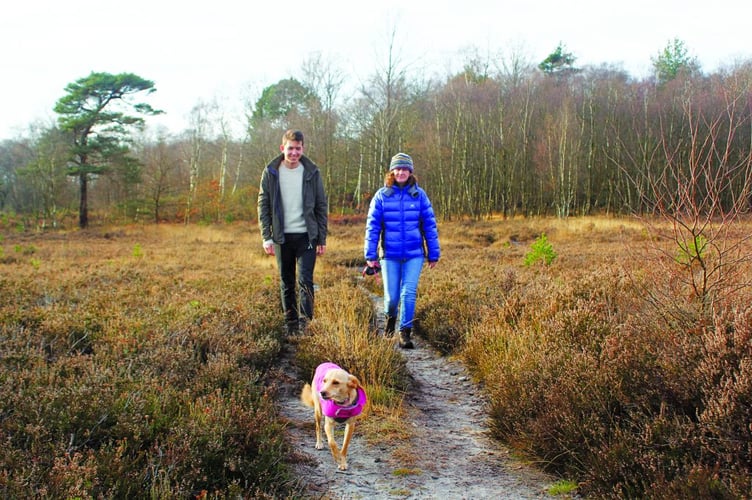
“You might not think of South East England as a hotspot for rare wildlife, but it really is! It may be criss-crossed by busy roads and have an ever-increasing population but, by a fluke of nature, it has the perfect geology and climate for a very special wildlife habitat, heathland.
“If you’ve taken your local heath for granted, think again. This heather-clad landscape is rarer than rainforest.”
Sarah, who co-ordinates the annual Heath Week activities across the SPA, said much of the heathland wildlife probably goes unnoticed.
“A closer look reveals a magical world inhabited by iridescent beetles, weird-looking wasps, beautiful butterflies, shy reptiles, carnivorous plants and some very special birds,” she said.
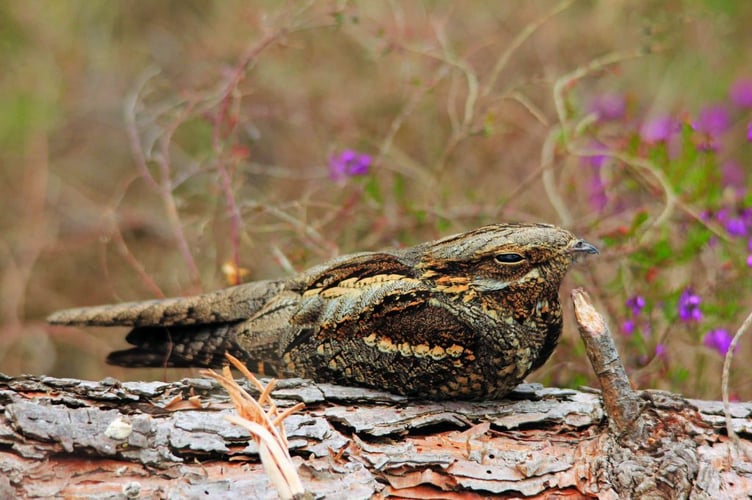
“Heathland birds aren’t part of the common-or-garden flock. And because a heath, by its very nature, is covered in low-growing shrubs rather than trees, that’s where special birds nest, on or near the ground, in among the heather and gorse.”
The SPA was designated particularly for three vulnerable species of bird – nightjar, woodlark and Dartford warbler.
“Much of the heathland magic happens at twilight,” said Sarah. “You could walk on the heaths every day of your life and not see my favourite bird, the nightjar.
“But visit on a summer evening at dusk, and you’ll hear the strange, mechanical churring of the males, and maybe even catch a mesmerising glimpse of a bird in flight. Astoundingly, they come all the way from Africa to nest here on our heaths.
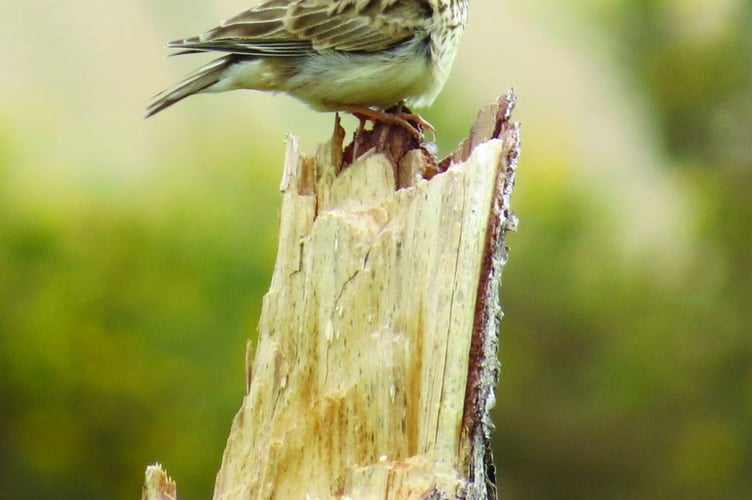
“You might think that nesting on the ground in a heavily populated area would lead to a rather precarious existence, but these birds have been living and breeding alongside us for centuries.
“Only in recent years, with development on the up and a growing population with more leisure time, has their vulnerability become an issue.”
She said that heathland covered vast areas of southern England thousands of years ago, but its size had shrunk dramatically over the last 100 years and pressure on it is still increasing.
“It’s now more important than ever for us to act together to protect this precious and fragile landscape for the future,” said Sarah. “The Thames Basin Heaths Partnership is here to help you connect with it, protect it and enjoy it for years to come.”
For more on this story, see the 4 March edition of the News & Mail

